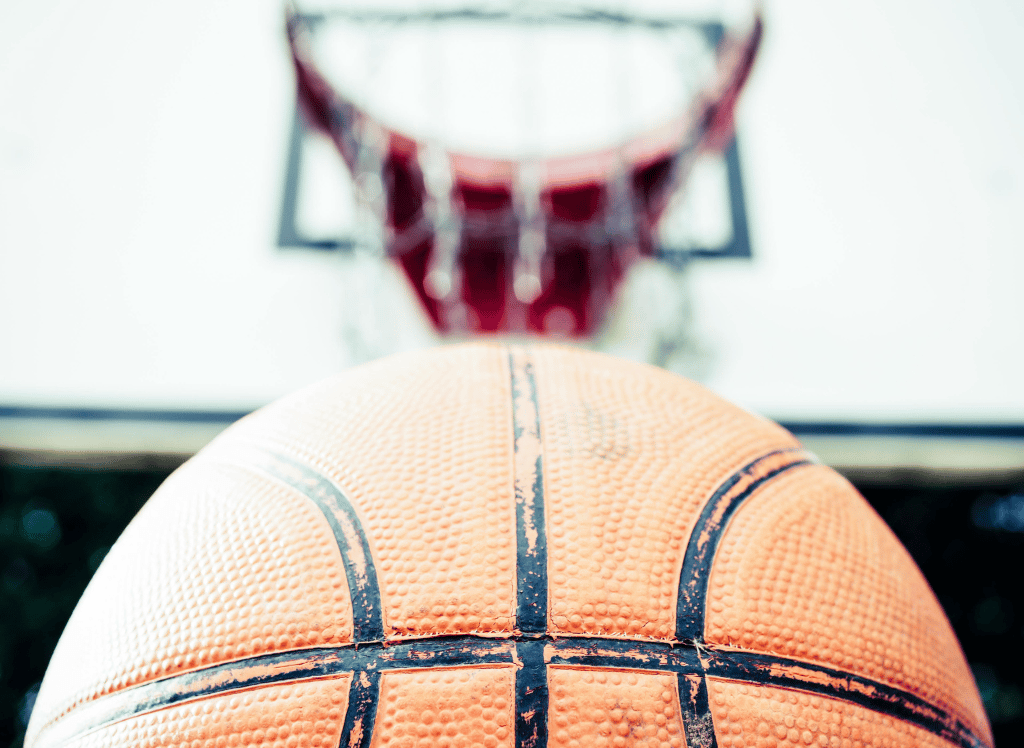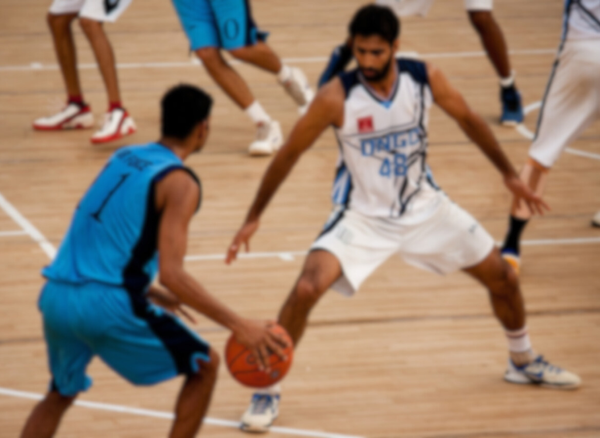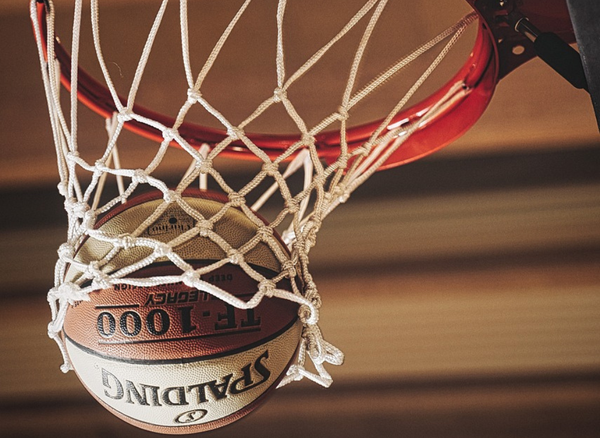Basketball is a game of speed, skill, and... counting? Yes, you heard that right! Among the myriad of rules that govern the hardwood court, there's one that might just make you chuckle—the five-second violation. It's like the game's way of saying, "Hurry up, or I'll turn the ball over!" So, let's bounce into the nitty-gritty of this rule and why it's more than just a countdown to chaos.
What is a 5-second violation in basketball?
The 5-second violation in basketball is a rule meant to maintain the game's pace by preventing players from holding the ball for too long in specific situations. It applies when a player is closely guarded and fails to make a play within 5 seconds, during inbound passes that take longer than 5 seconds, and when an offensive player with the ball turns their back to the basket for more than 5 seconds while being closely guarded. Understanding this rule is crucial for players and coaches to stay engaged and appreciate the strategic depth of basketball.
Closely Guarded
In a 5-second closely guarded violation, the defensive player must be in an active guarding position. It's like a tango where one partner is trying to step on the other's toes, and the other is desperately trying to avoid a misstep. If the offensive player can't find their rhythm, they'll be dancing solo off the playing court while the other team takes the lead.
If they fail to do so, the whistle blows, and the ball goes to the other team. It's like the basketball version of "Red Light, Green Light," except there's no turning back once you're caught!
The Throw-In Scenario
When the ball goes out of bounds, the team attempting to bring the ball in bounds faces the pressure of the five-second rule.
It's like trying to send a text while someone's counting down in your ear—stressful and a little bit annoying.
The Defense Deflects
If the defense deflects the ball during an inbound, the clock starts anew. It's a clever way to buy more time and disrupt the offense's rhythm. It's like hitting the snooze button on your alarm clock—just a few more precious seconds of peace.
Don't Get Too Cozy with the Hoop
This rule, often referred to as the "Charles Barkley rule," prevents players from stalling the game by holding the ball indefinitely. It's like telling a kid they can't hug their teddy bear for too long—eventually, they have to let go.
What's the Penalty for a 5-second violation?
A violation occurs, and the penalty loss is immediate—possession switches hands. It's a harsh but necessary consequence that underscores the importance of quick thinking and faster action. It's like forgetting to feed the parking meter and coming back to find a ticket on your windshield.
5-Second Violation FAQ Section
What triggers a five-second violation in basketball?
A five-second violation is triggered when a player holding the ball is guarded closely for more than five seconds without passing, shooting, or dribbling. It can also occur during an inbound play if the ball is not released within five seconds.
Can the five-second count be reset?
Yes, the count can be reset if the defense deflects the ball or if the offensive and defensive teammates switch, as long as the offensive player remains guarded closely by the same defender.
What happens if a five-second violation is called?
If a five-second violation is called, the offensive team loses possession of the ball, and the opposing team is awarded the ball at the spot of the violation. It's a turnover that can shift the momentum of the game.
Summary
The five-second violation in basketball is a rule that keeps the game fast-paced and fair. It applies in multiple situations, from guarding closely to inbounding the ball. Understanding this rule is crucial for players and fans alike, as it can dramatically change the course of the game. Remember, in basketball, every second counts, and hesitation can cost you more than just points—it can cost you possession.









